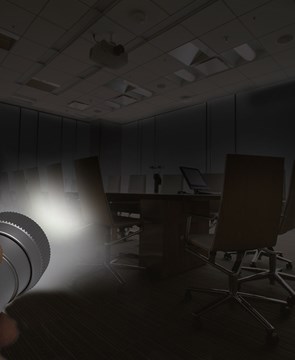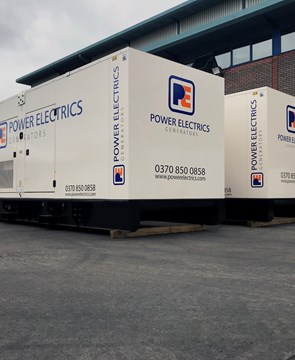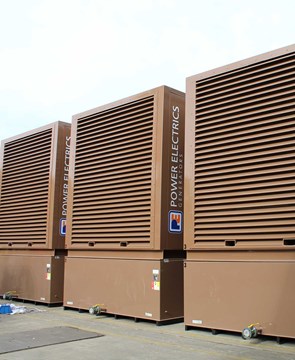5 Ways To Make Your Generator Quieter
When hiring or buying a generator, people often ask about noise levels. There’s a common idea that generators are noisy (and we refute that) but we’re not here to debate, we’re here to help. Here’s 5 ways to make your generator quieter...
When hiring or buying a generator, people often ask about noise levels.
There’s a common idea that generators are noisy (and we refute that) but really it depends on your frame of reference. If you’re comparing a generator to a quiet country walk (43dB) we’d be hard pressed to argue; compared to Concorde at take-off (195dB) a generator is actually pretty quiet.
But we’re not here to debate, we’re here to help.
Noise, by definition, is unwanted sound. Here are 5 ways to make your generator quieter:
1. Distance
The simplest (and often most overlooked) way to reduce the noise from a generator is to increase the distance between yourself/your customers/the community and the noise source. If you move the generator further away, the energy is spread over a greater distance and therefore has less acoustic intensity. The general rule is that when you double the distance, you get a 6dB noise reduction.*
*This only applies in free field conditions i.e. in an open expanse of space.
2. Acoustic Barriers - Walls, Enclosures, Fencing
Hard surfaces limit the transmission of noise by reflecting sound waves.
If a generator is installed in a plant room, solid walls will act as an acoustic barrier and limit the transmission of noise beyond that room. Similarly, standard generator canopies and enclosures can reduce noise by at least 10dB, whilst custom built enclosures have an even bigger impact.
If an enclosure alone doesn’t do the trick, use acoustic fencing to create an additional barrier. For construction projects, utility networks and outdoor events, temporary acoustic fencing is a quick and effective solution. For larger installations, acoustic screens can be custom built and permanently installed.
3. Acoustic Insulation
Using acoustic barriers to reflect sound waves only restricts noise beyond that barrier. In order to reduce noise and reverberation within the generator enclosure/plant room you’ll need to insulate the space to absorb sound.
This involves lining hard surfaces with sound-absorbing materials or installing acoustic wall panels and ceiling tiles. For industrial applications wall panels made from perforated steel are the usual choice but other materials are also available.
4. Anti-Vibration Mounts (AVM)
Another great way to reduce noise is to limit it at the source.
Positioning anti-vibration mounts underneath the generator isolates vibrations and reduces noise transmission. There are lots of different options – rubber mounts, spring mounts and dampers – and your choice will depend on the dB level you need to achieve.
As well as isolating vibrations at the generator base, fitting flexible joints between the generator and any connecting systems will reduce noise transmission to surrounding structures.

5. Attenuators
For large installations, attenuators are the most effective way of reducing noise transmission.
An attenuator is a device which allows large amounts of air to pass through it, but limits the transmission of noise. Air is forced between splitters (perforated sheet metal with high density rockwall infill) which absorbs the sound and reduces the wavelength. An attenuation system can reduce noise to anything between 48 – 85dBA @ 1m. As a rule, the larger the attenuator, the greater the noise reduction.
What's Louder Than a Generator?
And just in case you are interested…
Here’s a list of things that are (a lot) louder than a generator:
- Rocket launch (180dB)
- Shot gun (160dB)
- Jet Engine (140dB)
- Accelerating Motorbike (120dB)
- Football stadium (117dB)
- Rock Concert (110dB)




